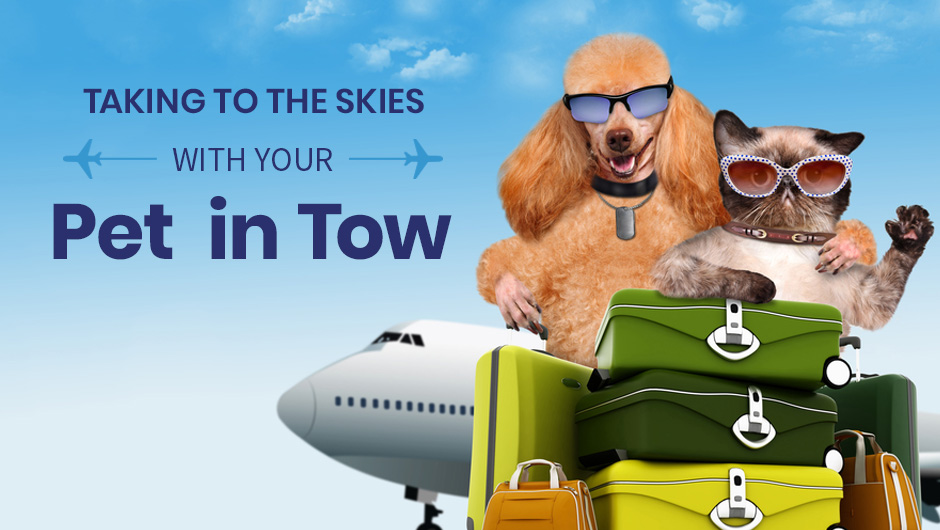Although flying with your pet may not be your first choice, it isn’t always avoidable. Perhaps you’re moving cross-country and have no time to spare driving your pet there yourself. As anxious as you might feel flying with your pet, you don’t want to hire a stranger to drive her to another state. You may be going on vacation and have a limited time to see all the sites. Your pet enjoys being with you, it’s just a matter of getting her there. Whatever your reason for booking a flight with your pet, following the tips in this post will make the experience less stressful for everyone.
Special Considerations
The Humane Society of the United States advises travelers that dogs and cats with a pushed in face, known medically as brachycephalic, can have difficulty breathing on a plane. Persian cats, bulldogs, and pug dogs have short nasal passages that can deprive them of oxygen and leave them more vulnerable to heat stroke with the air pressure of a typical airplane.
If possible, arrange for your pet to fly in the cabin with you. Both you and he will feel less anxious. Some airlines allow this option for cats and small dogs contained in a pet carrier. Since the number of pets allowed in the cabin is limited, you need to make arrangements for this with the airline of your choice ahead of time. Dogs must meet certain size requirements, which can vary by airline.
If Your Pet Must Fly Cargo
When you’re unable to secure a cabin spot for your pet, follow these tips to make flying cargo as comfortable as possible:
- Book direct flight to avoid your pet getting lost between connections.
- Avoid flying at times when the temperature is at its hottest or coldest in your departure city and your destination.
- Make sure your pet has a collar, ID, and microchip and that his kennel is marked as well.
- Clip your pet’s nails a few days before the flight so they don’t get caught in the door or other crevices.
- Allow your pet time to become accustomed to the carrier.
- Avoid feeding your pet sooner than four hours before your flight and do not give her tranquilizers unless we prescribe them.
- Examine your pet immediately after landing and take a photo if anything seems wrong.
Additionally, make sure that your pet is up-to-date on her vaccinations and that she’s in good health to travel. We recommend scheduling an appointment with Minnesota Veterinary Hospital two weeks prior to your departure.
Learn the Airline’s Pet Policies Well in Advance
Every airline has different rules and regulations, especially when it comes to traveling with a live animal.PetResource.comoffers essential information for 160 airlines around the world.
Photo Credit: Rasulovs / Getty Images

